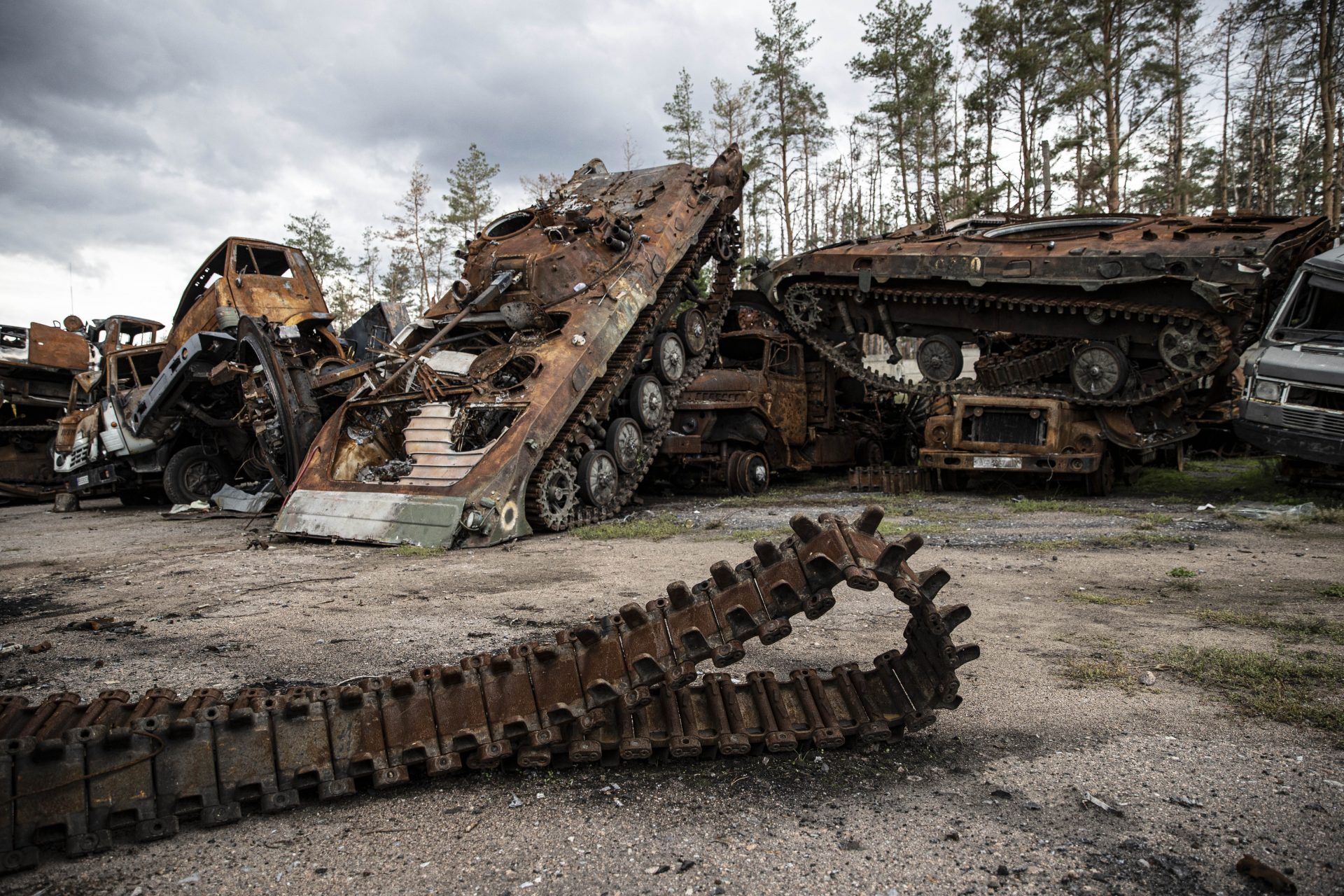Slavery still exists and the problem is worse than you know
Slavery may seem like a thing of the past but the practice of enslaving other humans still exists in the modern world, and the problem is a lot worse than you might think.
In 2022, The United Nations Internal Labour Organization (ILO) published a report estimating that roughly 50 million people were enslaved worldwide, a number that had risen significantly from previous research released by the institution in 2016.
The number of people in modern slavery has risen significantly in the last five years,” ILO noted in a press release now posted to their website. “Women and children remain disproportionately vulnerable.”
ILO partnered with Walk Free and the International Organization on Migration to show that more than 10 million more people had been enslaved globally in the five years since their 2016 report and added that the problem touched every part of our world.
“Modern slavery occurs in almost every country in the world, and cuts across ethnic, cultural, and religious lines,” the ILO press release read.
More than half of the people enslaved today could be considered forced laborers according to ILO and nearly one-quarter of those enslaved were part of a forced marriage, something ILO wrote happened at all levels of income in all countries.
The private sector was considered the most rampant abuser of people and it made up about 86 percent of all cases, though ILO also noted that 63 percent of all forced labor situations were because of the commercial sexual exploitation of women and girls.
Women and girls were also the primary victims of forced marriages, which accounted for roughly 22 million of today’s enslaved peoples. Sadly, that number has risen about 6.6 percent since 2016 and ILO analysts believe the number is actually probably far higher.
“The true incidence of forced marriage, particularly involving children aged 16 and younger, is likely far greater than current estimates can capture, ILO wrote.
Walk Free’s Global Slavery Index report dug deeper into today’s modern slavery numbers and found that the problem is getting worse due to a number of interconnected global issues including the Covid-19 pandemic, armed conflicts, and climate change.
According to Walk Free, all of these issues led to a situation in which the world’s most vulnerable people were subject to increased poverty, disruption in employment, and forced or unsafe migrations that put them at higher risk of becoming modern slaves.
Migrant workers were actually three times more likely to be forced into labor than other adult non-migratory workers according to the ILO, and the organization's press release noted that migrants were “particularly vulnerable to forced labor and trafficking.”
“It is shocking that the situation of modern slavery is not improving. Nothing can justify the persistence of this fundamental abuse of human rights,” said ILO Director-General, Guy Ryder. “We know what needs to be done, and we know it can be done.”
While we don’t have data on today’s worst offending countries, Walk Free’s 2018 Global Slavery Index did give some indication of where the world’s modern slavery problem spots have been within the last five years.
India was considered to be the world’s worst offender having roughly 7.9 million people enslaved with China and Pakistan coming in second and third with over 3 million people enslaved in each country.
It’s important to note that modern slavery touches every part of the world, even the United States and Europe, which both had an estimated absolute number of victims in the hundreds of thousands.
More for you
Top Stories





























